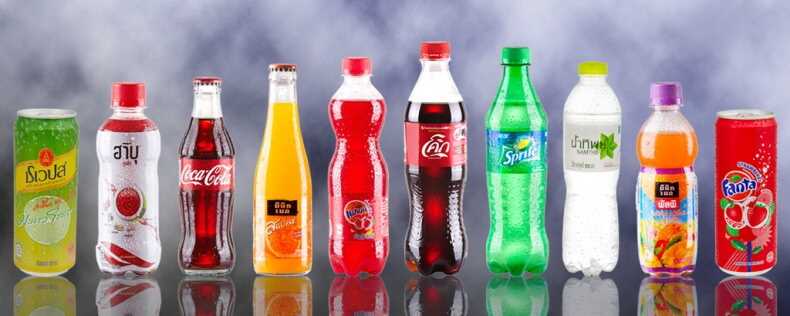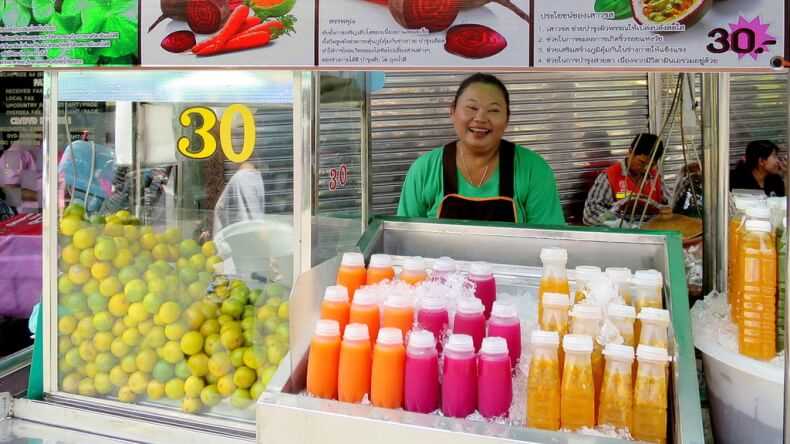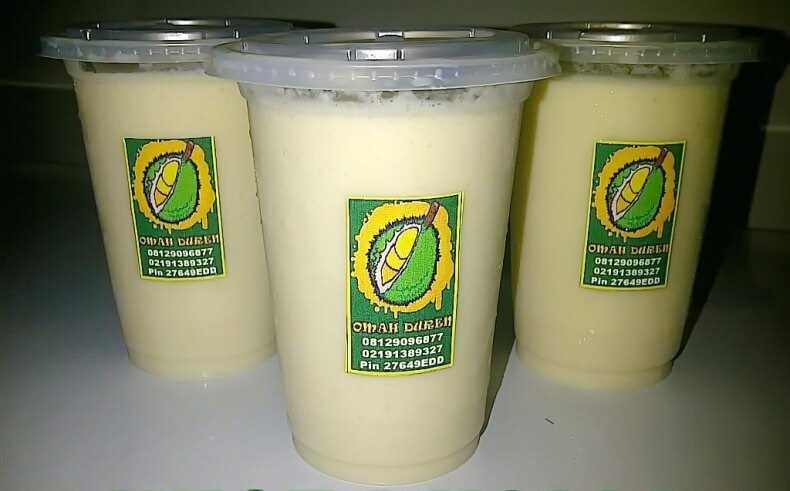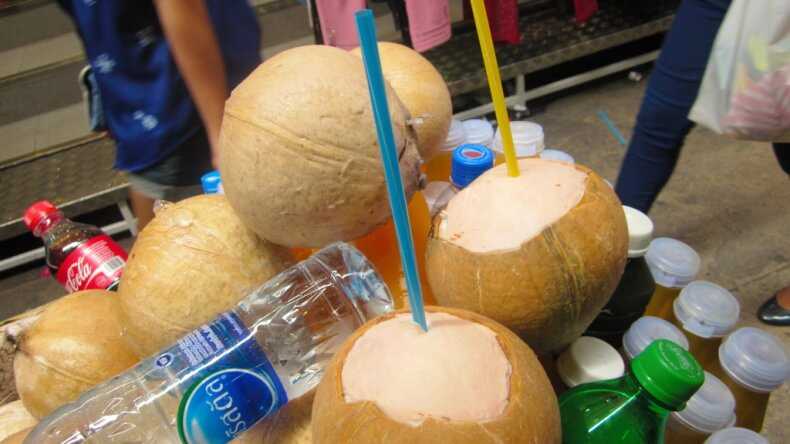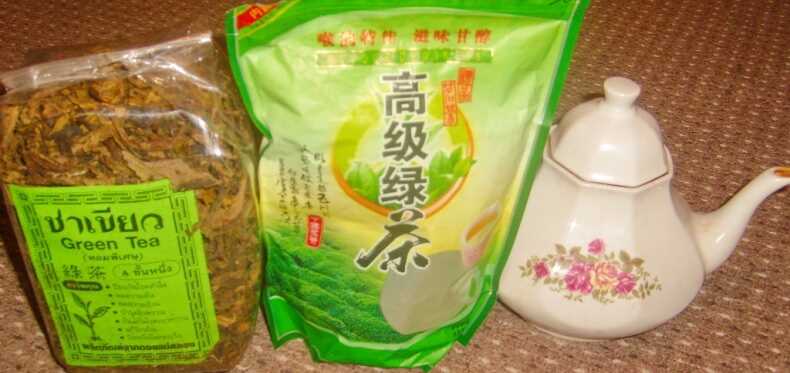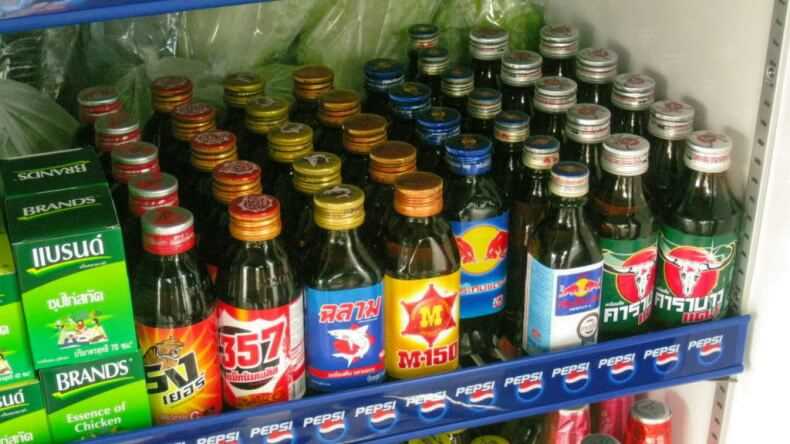It is hot in Thailand. Always. It is banal. So is the human desire to cool down by drinking fluids. Not only visiting tourists, but also locals do it with equal pleasure. Of course, we are not talking about “fire water”, quenching thirst of another kind. The natural conditions of the country, which grows hundreds of species of exotic fruits, make the possibilities of preparing delicious cooling mixtures almost limitless. You won’t be able to try every variety of soft drinks of Thailand even if you set yourself such a task, you will still miss some. If you like something stronger, we recommend reading an article reflecting all possible qualities of Thai alcohol.
Water-and-carbonation
.
Water in Thailand is the foundation of everything, just like everywhere else. Considering the peculiarities of Thai climate and a variety of micro- and macroorganisms that swarm in the open water in Thailand, as well as questionable filtration of tap water, do not try to drink tap water. Buy bottled water, which is available in any Thai supermarket. Read more about all the nuances in The quality of drinking water in Thailand.
The universal bogeyman of “globalization” is not only a bad thing. At kiosks, stores and cafes in Thailand you can find the usual set of sodas that you use, for example, in Ryazan. The same Mirinda, Seven Up and the classics of the genre – Coca Cola or Pepsi. Even the packaging is the same – plastic bottles up to two liters or cans of 0.33? The only thing is that there are more diverse and unusual flavors, which are not so easy to find here.
All of these American-origin brands are made in Thailand itself, so they’re relatively inexpensive unless you buy them in special places like Go-Go format strip bars (see Go-Go bars in Samui), where they jack up the price several times over. At a roadside Thai cafe, a can of Mirinda will cost you 15 baht at most, and a two-liter Coke will cost you 40 or a little more.
. Sokes in Thailand, as another type of favorite beverage, are very common. And no wonder – fruit (by the way, do you know how to properly take fruit out of Thailand? ), which in Moscow is chased, there often just fall on your head. Cafes and restaurants serve both freshly squeezed natural and various blends of one with the other, the taste of which can be, as they say, to your liking. We suggest taking a closer look at Noni juice and its health benefits. The so-called shakes, whipped juice with pulp served with ice, are especially popular in Thailand. If you’re afraid to try something you’ve never heard of, you can settle for a very familiar product – watermelon. Watermelon shake is as cheap as a two-liter Coke, but you have to try it. It is served with a long, disposable spoon with which to scoop the delightfully cool, sweetish pulp. Shakes are among the main drinks at the mega Full Moon Party held monthly on Phangan Island. You can also try taste the durian fruit as freshly squeezed juice, usually sold in plastic cups and 1-liter bottles. Just keep a bucket nearby, as it is said to have a hellish smell and an oppositely heavenly taste!” Fresh juices in Thailand are cheap. This is not surprising, they are squeezed right in front of your eyes, often taking the fruit right off the tree. Just remember that national drinks of Thailand may have a slightly unfamiliar taste. It’s all about taste preferences. The whole world is crazy about Russians’ love for wobbly drinks and beer, but the Thais are no strangers to it. They tend to put a little salt in any juice. So you should try to tell the seller: “Without salt,”before he puts a glass of juice in front of you. Definitely try coconut milk in Thailand. But not in a glass, but directly from a green coconut, in which you will see the hole made and the tube inserted into it. It costs 50 baht. But you have to get the green coconut from the palm! The taste of coconut is peculiar and a favorite choice. And what you can certainly only try in Thailand, is the juice of sugar cane. They squeeze it from the stalks right in front of you. You may not be surprised to see them eaten nearby by elephants. Drink up and enjoy! Just don’t consume more than a glass. Juice is very caloric. . For Europeans, tea and coffee in Thailand is a culture shock. While we are more or less used to bottled green tea, in Thailand you also have to deal with bottled black coffee. Hot tea or coffee is available only in those hotels where breakfast is included in the room rate. Even in restaurants to order hot coffee or tea you will probably get an empty cup and a bag of Lipton. Conclusion – in this country, iced tea is more popular than hot tea. Read more about all kinds of tea in Thailand in general and the beneficial properties of blue tea in particular in separate materials. . To those who come to this country for the first time, it may seem that Thailand’s energy drinks are not just a refreshing drink, but something that is distributed to the population on a mandatory basis. For the liveliness and positive mood of the subjects, so to speak. So many of them are. It is worth noting right away that there is not a drop of alcohol in Thai energy drinks. The usual set of pep: taurine, caffeine, sugar, one or another set of vitamins. Energy drinks in Thailand are sold in small packages of 100 and 150 ml. Literally at every step and at a price of 10 baht. The most commonly used are Carabao Daeng, M-150, Red Bull. By the way, the same Thai energy drink Red Bull is much better quality and tastier than the Russian one. If you want to join the elite energy drinks, try Lipovitan D. It starts at 12 baht. It contains more vitamins and a killer dose of taurine with a concentration 2.5 times higher than the low-priced stuff. It’s also a really “killer” dose of taurine, with concentrations up to five times higher than budget drinks.Tea, coffee
Energy

